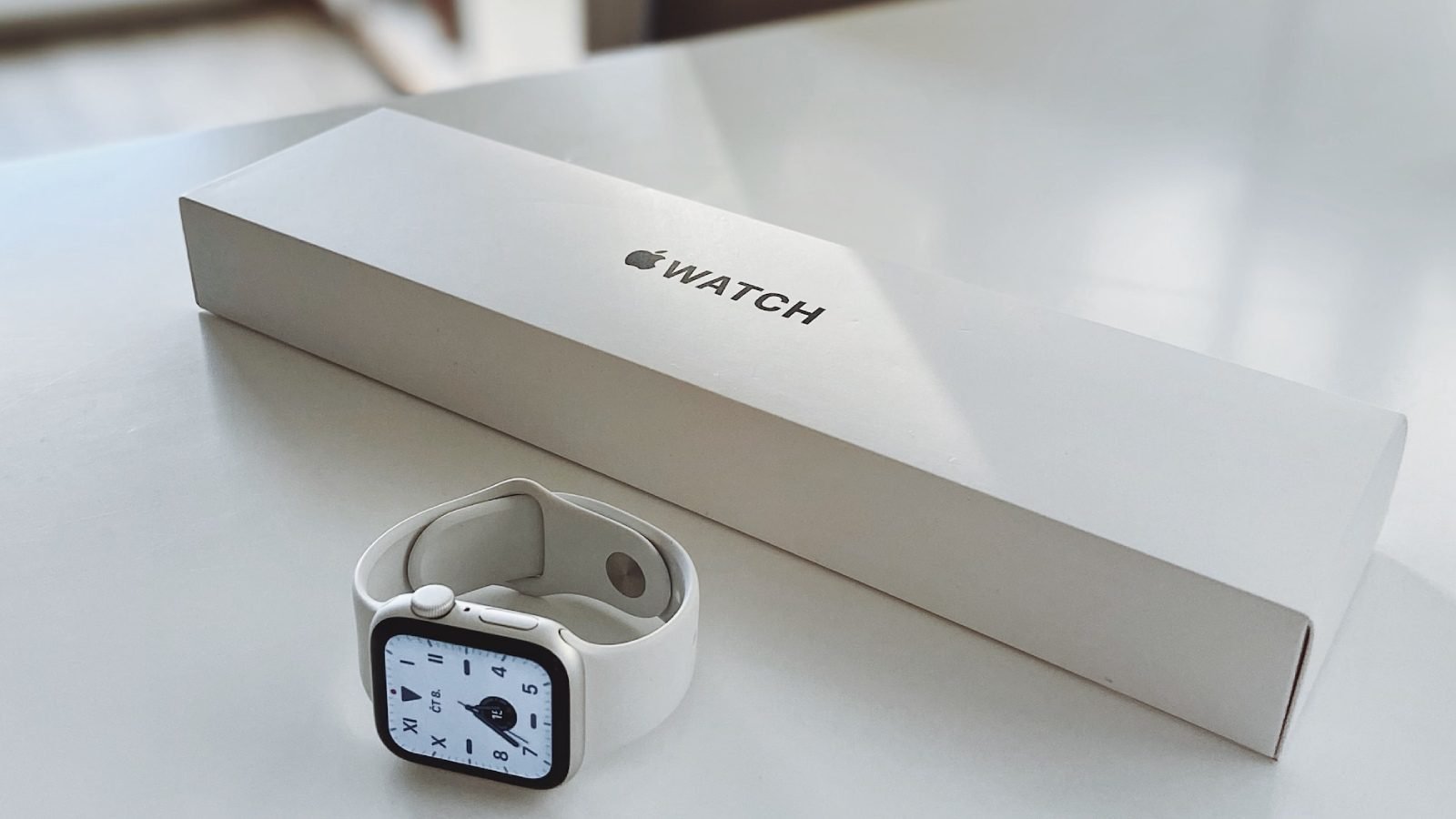Apple comes out to be their revolutionary in Wearable devices through Apple Watch and AirPods, Apple comes out as one of the pioneers. Amidst all the speculations and chit-chat, the company has somehow managed to avoid even announcing a smart ring form factor that many in the technology enthusiast community have been waiting for. This concept of a smart ring is quite interesting in itself because it is much more portable and compact than a smartwatch; however, as per sources Apple has deliberately stayed out of this product category for several technical and practical reasons.
Table of Contents
Power and Battery Life Constraints
The largest technical limitation in the design of a smart ring relates to power requirements. Although a smartwatch enjoys relatively generous battery size, a smart ring would need to be decidedly small, so an optimally sized power source would fit within the very limited space available. In any case, to accommodate functionality like heart rate sensing, haptic feedback, gesture recognition, or even wireless communication, though, the ring would require an effective, compact power solution. Current battery technology is not yet at a level in current forms to offer the kind of energy density necessary to allow the above capabilities without compromising battery life. Not even the most advanced wearables, like the Apple Watch, with greater form factor, help regarding battery life and are typically daily recharge devices.
Sensor Integration and Miniaturization
The smart ring would mean mounting quite a few sensors, such as accelerometers, gyroscopes, heart rate sensors, and even blood oxygen sensors. Then it’s necessary to miniaturize these components at the very same time they need to be integrated into a small, constrained space of a ring without sacrificing performance. As an example, Apple has shown competence with sensor integration in the case of the Apple Watch; miniaturing requirements to work effectively and efficiently in a ring-shaped device pose some of the most difficult challenges conceivable in engineering. In addition, performance and accuracy characteristics for these sensors must meet nearly impossible expectations Apple maintains for health-related products, so the design is further complicated by this endeavor.
User Interface and Interaction Constraints
While a smartwatch offers a screen and touch interface for easy interaction, a smart ring would likely need to rely on alternative methods like gesture controls, haptic feedback, or voice commands. Although gesture recognition technology is advancing, it remains somewhat unreliable and imprecise, especially for smaller, unobtrusive devices like rings. This limitation can make interacting with a ring somewhat cumbersome, particularly when compared to devices like the Apple Watch, which provides more intuitive controls and visual feedback for a seamless user experience.

Market Demand and Ecosystem Fit
The real driving force behind every product decision, however, comes down to Apple’s view regarding market demand and fit within the ecosystem. Smart rings are a cool idea. Still, what they can do or will be offering is not certain if they would have enough of an edge over the existing options like smartwatches. The Apple Watch is capable of everything it offers and something more because it has fitness tracking, gives notifications, and even offers mobile connectivity. A smart ring will then be very less competitive under those conditions. But, well, the Apple world is already so integrated, and this new form factor in the shape of a ring will only most likely break the experience up.
Conclusion
A smart ring is really a fascinating product, but it’s not something Apple will play in because the reasons for entry into this category of product are both technical limitations of power management and sensor miniaturization and user interface constraints and market considerations. The near-term play for the smaller wearables will be more to augment what it already has in devices like the Apple Watch rather than something new.